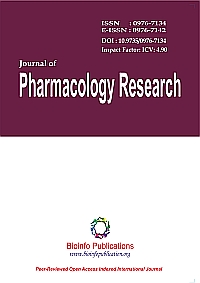 “Chronic neuropathic pain (NEP) is associated with growing therapeutic cannabis use. To promote quality of life without psychotropic effects, cannabinoids other than Δ9-tetrahydrocannabidiol, including cannabidiol and its precursor cannabidiolic acid (CBDA), are being evaluated. Due to its instability, CBDA has been understudied, particularly as an anti-nociceptive agent. Adding a methyl ester group (CBDA-ME) significantly enhances its stability, facilitating analyses of its analgesic effects in vivo. This study examines early treatment efficacy of CBDA-ME in a rat model of peripherally induced NEP and evaluates sex as a biological variable.
“Chronic neuropathic pain (NEP) is associated with growing therapeutic cannabis use. To promote quality of life without psychotropic effects, cannabinoids other than Δ9-tetrahydrocannabidiol, including cannabidiol and its precursor cannabidiolic acid (CBDA), are being evaluated. Due to its instability, CBDA has been understudied, particularly as an anti-nociceptive agent. Adding a methyl ester group (CBDA-ME) significantly enhances its stability, facilitating analyses of its analgesic effects in vivo. This study examines early treatment efficacy of CBDA-ME in a rat model of peripherally induced NEP and evaluates sex as a biological variable.
KEY RESULTS:
In males, CBDA-ME elicited a significant concentration-dependent chronic anti-hyperalgesic effect, also influencing both nociceptive and non-nociceptive mechanoreceptors, which were not observed in females at any of the concentrations tested.
CONCLUSION AND IMPLICATIONS:
Initiating treatment of a peripheral nerve injury with CBDA-ME at an early stage post-surgery provides anti-nociception in males, warranting further investigation into potential sexual dimorphisms underlying this response.”
https://www.ncbi.nlm.nih.gov/pubmed/31981216
https://bpspubs.onlinelibrary.wiley.com/doi/abs/10.1111/bph.14997



